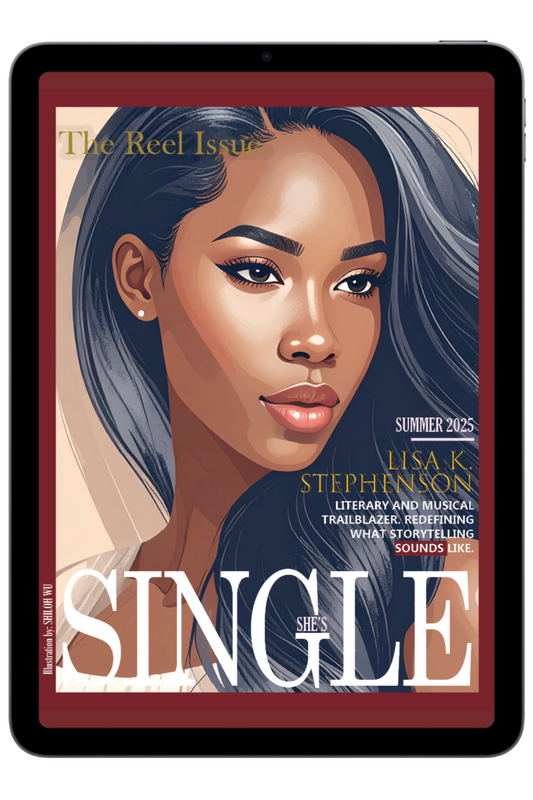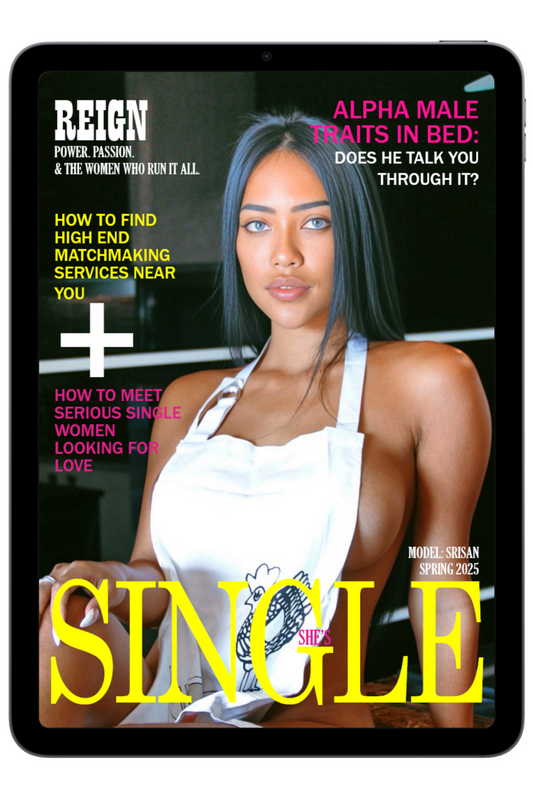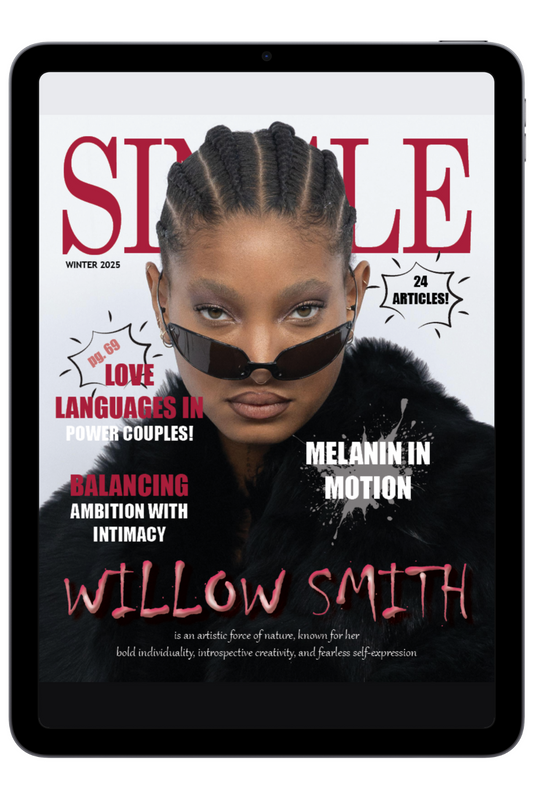How to Grow Your Business With Brand Strategy Examples

Growing a business is hard because many companies struggle with marketing. Marketing, in the grand scheme of things, requires a combination of public relations and media buying (advertisements). What I’ve noticed is a trend where brands are being convinced by publicists that they need to simply throw their marketing dollars into their firm or boutique for earned media alone. If that’s the case, then you’re already starting at a disadvantage.
We’ve talked about this before, how many publicists do not have the media relationships they try to sell to their clients. It’s a known fact that getting earned media today in 2024 is way harder than it used to be. Media outlets have the power to take brands from no sales to an exuberant number of sales within 24 hours—if you had that power, would you give it away for free? The answer is no. So, how do you make it? Media companies are businesses too, and their goal is to make money.
If talking about you and your small business just because you have a new serum out is not going to get them views, clicks, and ad revenue from Google, then guess what? They’re not going to talk about you. Many publicists are simply using the same boring script they find on Google on how to pitch journalists, and it’s almost painful to read at this point.

Offering samples is one of their main go-to strategies, and not only that, but they’re paying companies like Cision to mass email journalists, which means they have no relationships with the media outlets and most of the time they don’t even know which outlet their email is going to—hence why most of your news will never get shared.
GROW YOUR BUSINESS - Before you decide to hire a publicist, ask yourself the following questions: (1) Do I have a lot of time or money? If you have a lot of time, then research publications in your niche and locate their contact information from their website, and put it in a spreadsheet. If their contact information is not on the website, put the name of the editor that covers your beat into Google and try to find them on LinkedIn. Once you do that, generate an email that is specifically tailored to them.
(2) Do I have a budget for paid placements? This is not the same as pay-to-play because She’s SINGLE Magazine is not a pay-to-play publication, but we do offer payment options for brands or individuals who we know we will not benefit from in ad revenue. In other words, if we have to promote you because you don’t already have enough buzz, then we offer options where you can pay and it’s non-sponsored.
Be realistic in your approach because, again, media outlets are businesses too, and their goal is to make money. Ad revenue, subscriptions, and digital downloads are lucrative, but it needs to benefit us as much as it’s going to benefit you. (3) What is my ‘why’? Your ‘why’ is what’s going to determine the level of success you will achieve. Once you start pumping money into a publicist without any clear reason why, you’re going to lose before you start to win.
Most publicists do not know your ‘why.’ They may ask, but if it’s simply to get editorial coverage and nothing else, then you’re not going to be successful—they are. Your money will keep their office lights on even if they land you five small placements in some backyard publication, it’s still a placement and you’re still on the hook for it. All in all, you need to grow your business so that media outlets seek you out and not the other way around.

BRAND STRATEGY - Instead of hiring a publicist, hire an intern to do outreach on behalf of your business. They can gather a list of publications that offer what is known as Branded Content Campaigns, including bloggers. This is an effective marketing strategy that combines traditional media, digital media, influencers, and blogging. When you think of companies like Branndet, they are a one-stop shop for businesses—there you can get access to their services and pricing.
They offer very in-depth BCC's for their clients. These campaigns are best done quarterly: you launch a print ad (small and large) in a publication, you launch the same ad on that publication’s website, you work with an influencer to create content within your niche and have them publish the post around the same time the publication goes on newsstands or launches digitally, and lastly, you get a write-up done on either the publication’s website or another website that links back to your ads and/or social media content, which you will repost from the influencer.
This is what branding looks like and how it can be highly effective in earning you sales. Do this every three months and you’ll start to see growth in your business, especially when you stick to certain publications and you’re not all over the place. The problem with using tools such as Google Adsense is that you need to first pump hundreds of dollars into the platform to find an audience that has clicked your ad and then reinvest even more money to retarget them, aka showing them your brand more than once because a consumer needs to see a brand at least 3-4 times before they commit to a sale.
Now you’ve spent double the money compared to seeking out a publication that specializes in your niche and investing in a campaign there. Once you know your audience, it’s easy to find publications that target them, and you can use key factors for debt factoring to manage your marketing budget effectively and ensure a smarter allocation of resources.
She’s SINGLE Magazine, for example, has an online audience of women between the ages of 18 and 45, whereas our digital publication on Readly caters to men between the ages of 24 and 85. Therefore, keywords such as men’s health and men’s grooming brands are a huge hit in our digital issue. The audience there reads our magazine for articles and interviews with single, beautiful women.
On the other hand, our website is a playground for single women—we have a large audience here who look forward to the relationship, fashion, travel, and lifestyle articles we share. In any case, we can market to a large demographic, as with many other publications. So, it’s a good idea to learn which outlet is best for your brand and stick with them. Consistency is key, not just with adding items to your online store or paying your publicist’s invoice each month. Be consistent with the media outlets you work with, too. Their audience will become your audience the more they see your brand affiliated with them.

NO AFFILIATE MARKETING - Affiliate marketing is a polite way of saying, “I don’t trust you to make me any money, but if you do all the work of creating the content and promoting my brand and I do make money, I’ll pay you a small percentage of it.” It’s a huge slap in the face to true content creators and journalists who spend their time researching and writing or putting together content and editing videos for your brand.
Affiliate marketing is best used with established companies like Amazon, Target, or Walmart because they already have trust with their audience. A new brand that has not built trust with the general public—whether through branded content campaigns, consistent advertising, or tools like a video background remover to better represent your brand—cannot ask a stranger to work for free to help build its brand. It’s inexcusable and highly disrespectful. It’s your company, and you are responsible for building trust with your audience and then reaching out to others to pitch a mutually beneficial partnership, such as affiliate marketing. I hope this article helped you, and feel free to check out some more resources I sprinkled in.
by Sharon Sharpe









